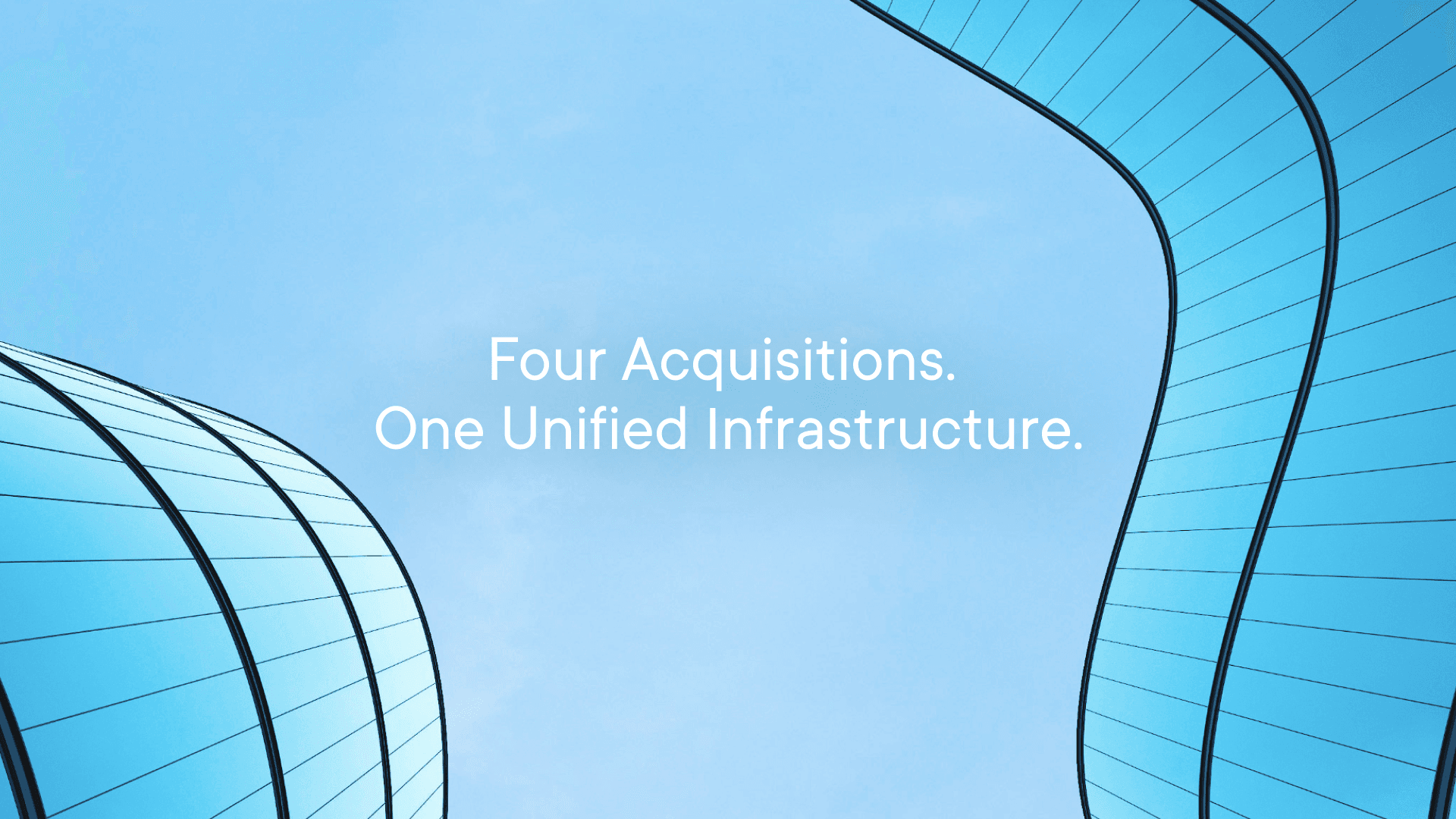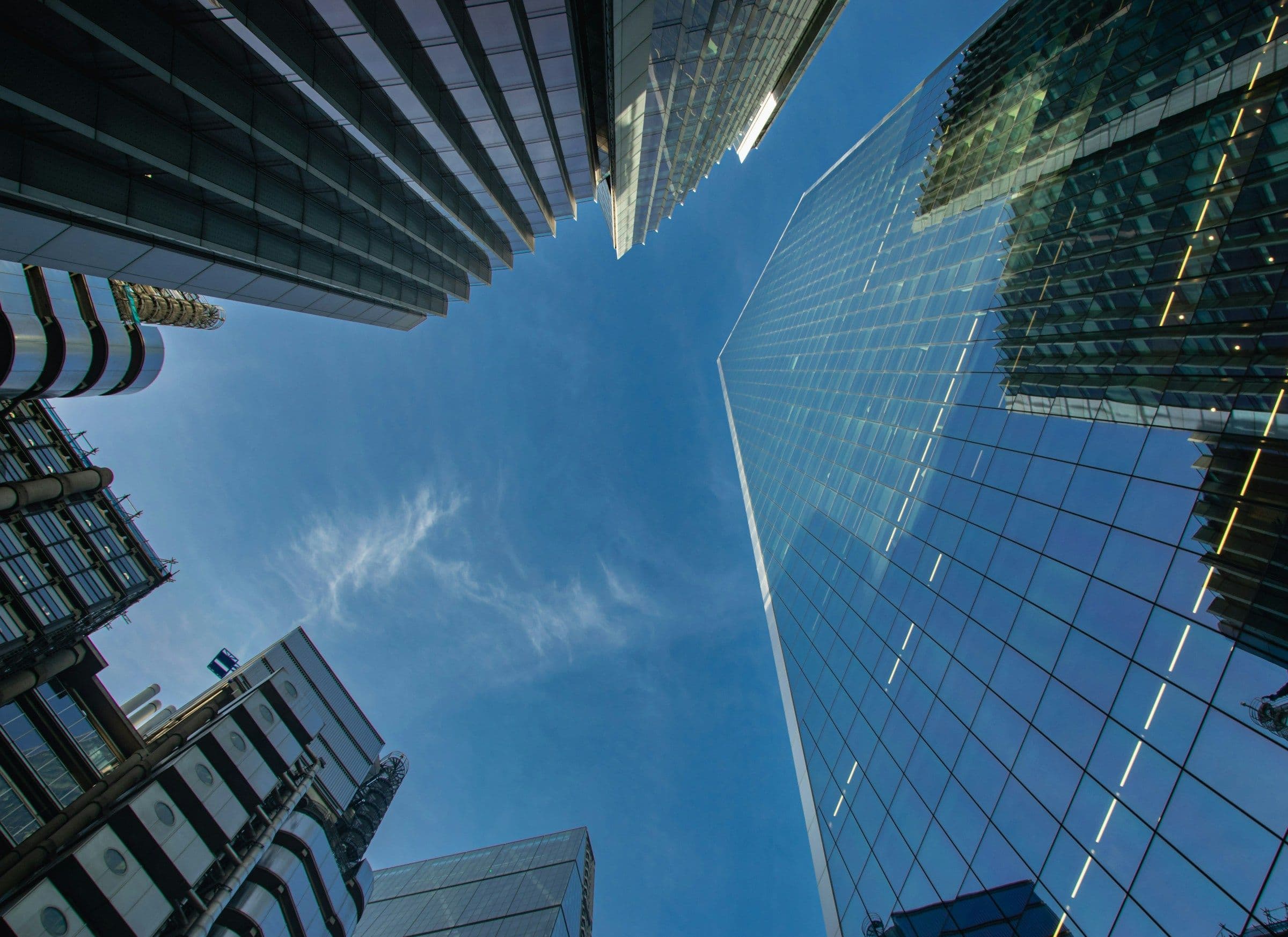The digital asset economy is gaining momentum across the Americas, and the likes of global custodian banks and financial market infrastructures (FMIs) must quickly adapt.
Let’s dive into the top five digital asset trends shaping the Americas right now, and how financial institutions can not only plan for, but progress toward engaging in this new token economy.
1. North America leads the way on cryptocurrency adoption
As traditional financial assets such as equities and bonds struggle to deliver returns, cryptocurrencies are gaining traction across North America. Low digit bond returns and volatile equities are the impetus for more purchasers to diversify into new, alternative asset classes, and cryptocurrencies are a major beneficiary, thanks to their compelling return streams.
According to Chainanalysis data, North America accounted for 24.4% (or $1.2 trillion) of global cryptocurrency transaction activity between June 2022 and June 2023, making it the biggest crypto market in the world. In addition, institutions making transfers of > $1 million comprise 76.9% of all transaction volumes in North America.
2. Crypto flows are on the rise in North America
Accounting for 7.3% of the global cryptocurrency market, data from Chainanalysis shows LATAM is the seventh largest crypto economy out of all of the regions, putting it ahead of sub-Saharan Africa, and only marginally behind the Middle East and North Africa (MENA), Eastern Asia and Eastern Europe.
Similar to North America, institutions make up the bulk of crypto transactions in LATAM. Argentina, Brazil, Mexico and Venezuela make up the top four markets in LATAM, which feature in the Global Crypto Index Top 20. With added inflationary pressures and lack of access to local currency across certain LATAM markets, both retail and institutional players see cryptocurrencies as a safe, alternate store of value.
At the recent Network Forum (TNF) Conference in New York, speakers highlighted that Colombia, Chile and Peru are in the process of consolidating their stock exchanges into a single holding company to stimulate greater regional and international investment into their domestic equity markets. However, liquidity – or lack thereof - in parts of LATAM is still an ongoing issue.
As a result, this nudges more LATAM players towards cryptocurrencies.
3. Regulators in the Americas are playing catch-up
Users across the Americas may be big buyers of cryptocurrencies, but crypto asset regulation and regulation of virtual asset service providers (VASPs) such as crypto custodians appears to be lagging behind other major markets, most notably the EU.
On the one hand, the US Securities and Exchange Commission (SEC) recently gave the go-ahead for spot Bitcoin and Ethereum Exchange Traded Funds (ETFs) to list and trade, and multiple XRP ETFs were announced recently with plans to launch. Also of note is the digital asset XRP being deemed a non-security in the US and other jurisdictions—one of only two digital assets to have that level of regulatory clarity in the States.
On the other hand, as one industry expert speaking during TNF pointed out, US crypto custody rules are yet to be finalized by the regulator, and lingering uncertainty remains. It was noted that this lingering uncertainty is largely prompted by the SEC’s Staff Action Bulletin (SAB) 121.
SAB 121, a piece of interpretative guidance (i.e. not legally binding, but companies usually treat it as a rule) issued in 2022, advises that financial institutions holding cryptocurrencies on behalf of customers, for example centralized exchanges and global custodians, should report these assets as being liabilities on their balance sheets.
The provision has led to a backlash across both the crypto and traditional finance industries, however, with banks warning that reporting crypto-currencies as balance sheet liabilities could result in them facing increased risk weighted capital requirements elsewhere, limiting their ability to lend.
Custodian banks developing digital asset custody products have repeatedly stressed that SAB 121 will make the business uneconomical in the US. Without some sort of clarification on SAB 121, the ability for banks to offer digital asset custody services in the US will be constrained, making it harder for institutional adopters to trade and hold assets such as cryptocurrencies. This year, the US Congress has introduced a measure to reverse SAB121. We also expect that a new Administration will evaluate the guidance and could reverse it in 2025.
Even so, SAB 121 has not prevented global custodians from developing digital asset custody solutions elsewhere. High-profile examples include Societe Generale FORGE, the first and only bank in France to obtain a full Digital Asset Service Provider (DASP) license, and HSBC, one of the world's largest global custodians, which announced plans to develop an institutional custody solution for tokenized securities.
Other incumbent providers have also invested into digital asset custodians, including Zodia Custody, a digital asset custodian whose backers include Standard Chartered, Northern Trust, Japan’s SBI Holdings and National Australia Bank. It’s only a matter of time until the US and the Americas more broadly catch up to their European counterparts.
In LATAM, regulators are also in the early stages of developing rules around crypto custody. Of all the markets in the region, Brazil has made the most headway, with the country’s Central Bank currently consulting with the industry on standards for virtual asset service providers (VASPs), including those custodying or administering crypto assets. Previous consultations on VASPs by the Central Bank of Brazil have tackled issues like risk management, asset segregation and disclosures.
4. Network managers get ready for digital asset sub-custody
Network managers at global custodians and broker-dealers will have to update their due diligence as and when more institutions start trading digital assets, including cryptocurrencies.
Speaking at TNF, a network manager said that while more institutions trade cryptocurrencies, they are typically smaller purchasers, i.e. family offices, hedge funds, and high net worth individuals, as opposed to large insurance companies or pension schemes who have custodial relationships.
However, network managers expect these big institutions will eventually incorporate digital assets into their portfolios, as they look to supplement their traditional return streams to meet various liabilities or mounting deficits. Once this happens, due diligence will need to be tweaked, with a greater emphasis being put on cyber security, data protection and asset safety in the context of hot and cold storage for the safekeeping of digital assets.
5. Turning to technology providers for support
Technology providers play an instrumental role in catalyzing institutional adoption and integration of crypto and digital assets. And that role is becoming increasingly important as institutions round the digital asset curve and being to bridge traditional finance and crypto.
Although some banks may choose to build their own digital asset technology stacks internally, others leverage the expertise of external providers for bank-grade digital asset custody and infrastructure solutions. It’s the critical foundation necessary for any financial institution—crypto native or otherwise—to securely access and engage with digital assets, creating new revenue streams and future-proofing their business.
Contact the Ripple team to learn more about how you can modernize your financial infrastructure today.







